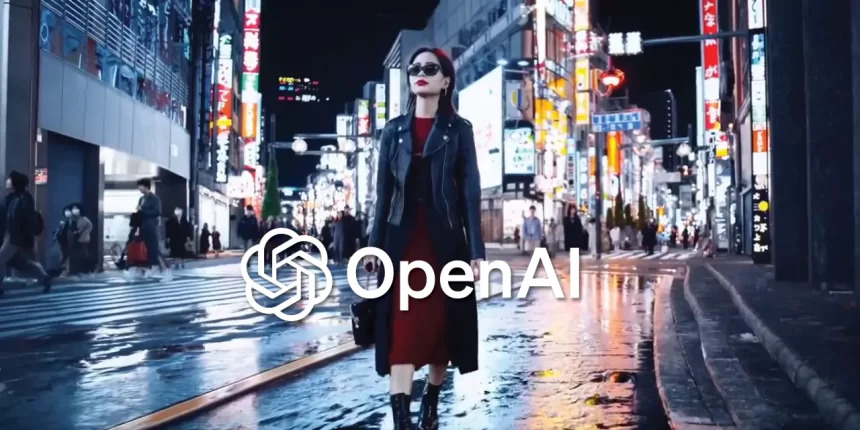OpenAI, the organization behind the groundbreaking chatbot ChatGPT, has introduced Sora, a new generative artificial intelligence (GenAI) model designed to convert text prompts into videos. This marks a significant advancement in GenAI technology, particularly in the challenging area of text-to-video conversion, which has previously been plagued by inconsistencies.
Sora’s Capabilities
Sora is capable of generating videos up to a minute long while maintaining high visual quality and fidelity to the user’s input. According to OpenAI, Sora can create complex scenes with multiple characters, specific types of motion, and accurate details of both the subject and background. The model is said to possess a deep understanding of language, allowing it to interpret prompts accurately and generate characters that express vibrant emotions.
Related News: OpenAI founder Sam Altman Planning a Trillion-Dollar AI Chip Business
Challenges and Limitations
Despite these capabilities, OpenAI acknowledges that Sora is not without its limitations. The model may struggle with more complex prompts and could produce inaccurate simulations of physical phenomena. To address these challenges, OpenAI plans to conduct extensive testing and outreach before making Sora available to the general public.
OpenAI launch Sora a Text-to-Video AI Model- Realistic videos generated by Sora..
Safety Measures and Outreach
One of the key objectives of this outreach is to ensure that Sora does not generate misinformation or harmful content. OpenAI will collaborate with security experts and policymakers to develop safeguards against misuse of the technology. The company is also granting access to a number of visual artists, designers, and filmmakers to gain feedback on how to advance the model to be most helpful for creative professionals.
OpenAI launch Sora a Text-to-Video AI Model
Implications and Future Prospects
The introduction of Sora represents a significant step forward in the field of AI-generated content. While other companies, such as Google with its Lumiere project, have also explored text-to-video capabilities, Sora’s ability to create detailed, emotionally expressive scenes sets it apart. Overall, Sora represents a major advancement in AI technology, with the potential to revolutionize the way we create and consume video content. However, it also raises important questions about the ethical and societal implications of AI-generated media.














